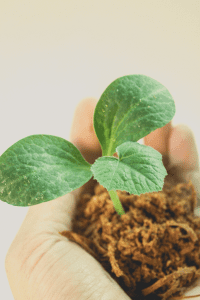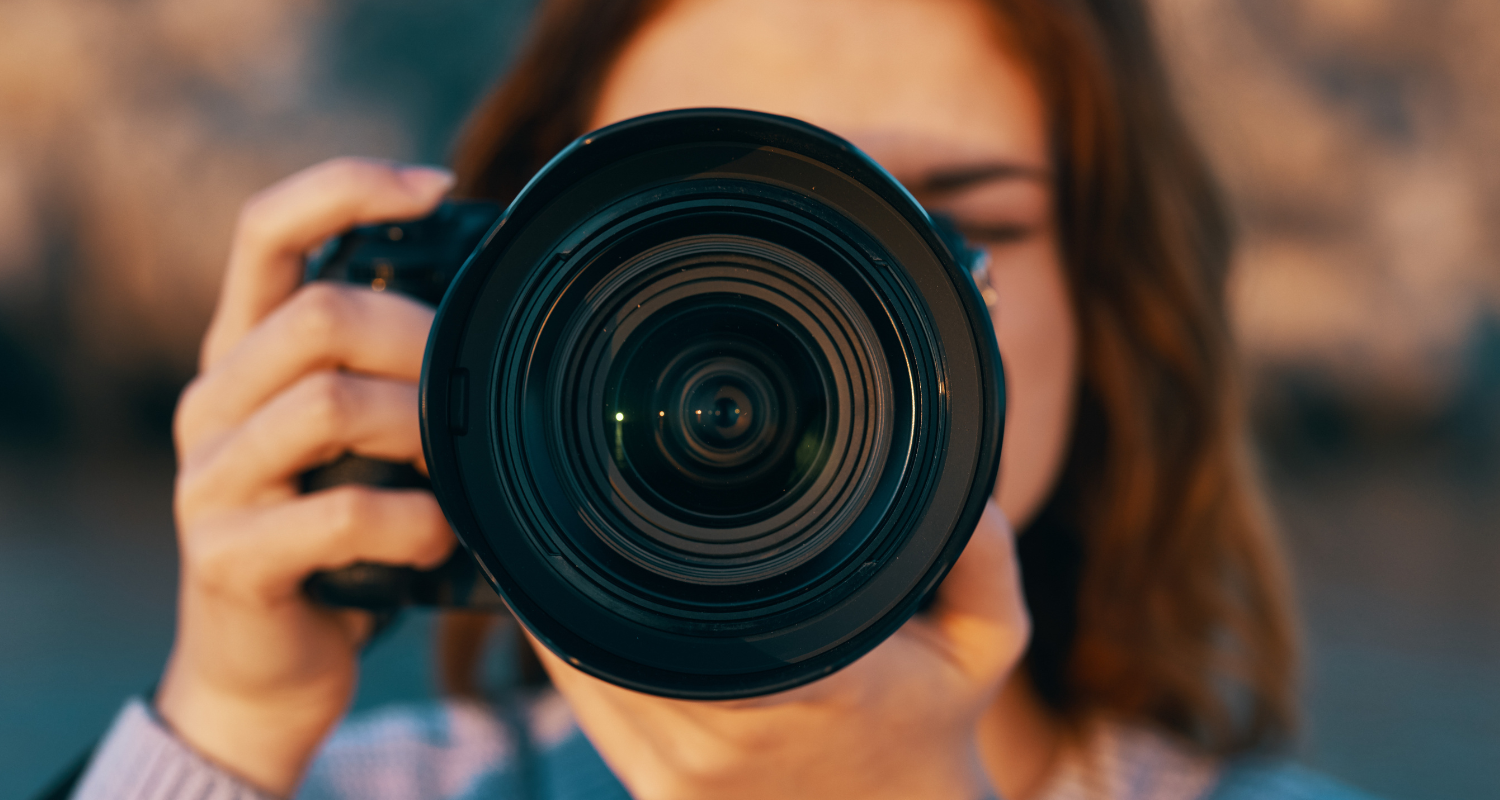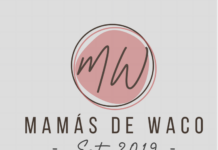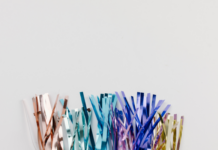
Minimalist is now trending – particularly in the home & decor industry – and often can be equated to purchasing sleek costly products. When I think of minimalism, however, I think of what is sustainable. I believe that minimalism is a lifestyle and entails sustainability and eco-friendly practices. True minimalism seeks to reduce the use of products and moves away from consumption and capitalistic mentalities. Here are my top 5 minimalist practices. Remember living a sustainable, minimalist lifestyle is ongoing and is a process.
My intention for sustainability is “Progress over Perfection.”
1.) Reduce or resell first, as needed.
For those who have a lot of items around their home, consider practicing minimalism by hosting a garage sale, selling items on Facebook Marketplace, gifting (or re-gifting), and/or donating to local thrift shops. Minimalism entails reducing consumption so selling items you do not need and gifting or donating items helps to clean out closets and storage, as needed, and to prevent waste.
One way to gauge if you should reduce items around the home is to ask yourself the following: Has it been over a year since I last touched or used this item? If so, consider ways to resell, gift, or donate the items!

2.) Purchase Less, Reuse and Recycle More
One of the best ways to be minimalist is to buy less products. This also helps with saving money and being budget and eco-friendly. Pursuing a minimalist and sustainable lifestyle should not break the bank. Nor is it about buying more. The less we shop, the less we have items we do not need. However when we do need to purchase products, reusing items & packaging helps to prevent waste and to prolong the longevity of items. Recycling then becomes the next best alternative.
For example, pasta jars can be reused as pencil or pen holders, vases, candle bases, planters, Tupperware alternatives, or even storage. I often use pasta jars to store beans, dried rice, or other pantry items. Boxes can be reused as storage containers. For example, I save colorful or decorative boxes to use as gift boxes or jewelry & accessory storage.
3.) Shop Locally
When you do need to shop, prioritize purchasing items locally. Bring your own bags to reduce waste. Shopping at local small businesses & farmer’s markets help to prevent extra shipping, transportation, and waste. In addition, supporting local farmers, artisans, and small businesses help to grow our local economy. Small businesses are the heart of our local economies and help to create jobs for our community. Small businesses are also oftentimes very invested in giving to our local non-profits, schools, and community.

4.) Begin Gardening
Gardening is one of the most sustainable and minimalist practices to add to your daily life. Bed and container gardening make gardening more approachable. If you’re not yet ready for gardening, perhaps consider beginning by planting some herbs like cilantro, parsley, or basil! Learn more about container gardening in this Waco Gardening account and from local greenhouses like Mission Waco’s Urban REAP.
For those who are unable to garden, due to time or other limitations, consider investing in our local farmers through farmer’s markets like the Waco Downtown Farmer’s Market or supporting greenhouses, including Da’Shack Farmer’s Market.
5.) Supportive Skincare over Products
“Clean” or natural beauty is very trendy and popular these days and is often touted by minimalists. However one of the best ways to be minimalist is to reduce your skincare and beauty products and to consider embracing supportive skincare. Supportive skincare looks at our skin as a self-supporting and self-sustaining holistic organ. Rather than continually cleansing and stripping our skin of oils, minimalism and sustainability can entail reducing products and using supportive skincare products, when needed, and engaging in holistic skincare practices.
For example, instead of expensive 5 or 10-step skincare products, I use manuka honey for cleanser and mask, rose (or other hydrosols) as a facial mist, and either jojoba or tamanu oil (when needed for facial moisturizer). You can learn more about supportive skincare from beauty journalist and report Jessica Defino.
Physician and reporter James Hamblin writes about supportive skincare and the skin microbiome in his book Clean: The New Science of Skin.
Chinese medicine practices like facial guasha and facial massage along with acupressure help to reduce the need for skincare products as you learn to care for your skin holistically.
My hope is that these 5 practices begin your minimalist & sustainability journey! Remember that the small choices we make each day create change over time! Always remember to make sustainable changes that work for you and your family. And to keep progress over perfection in mind as you continue forward.














